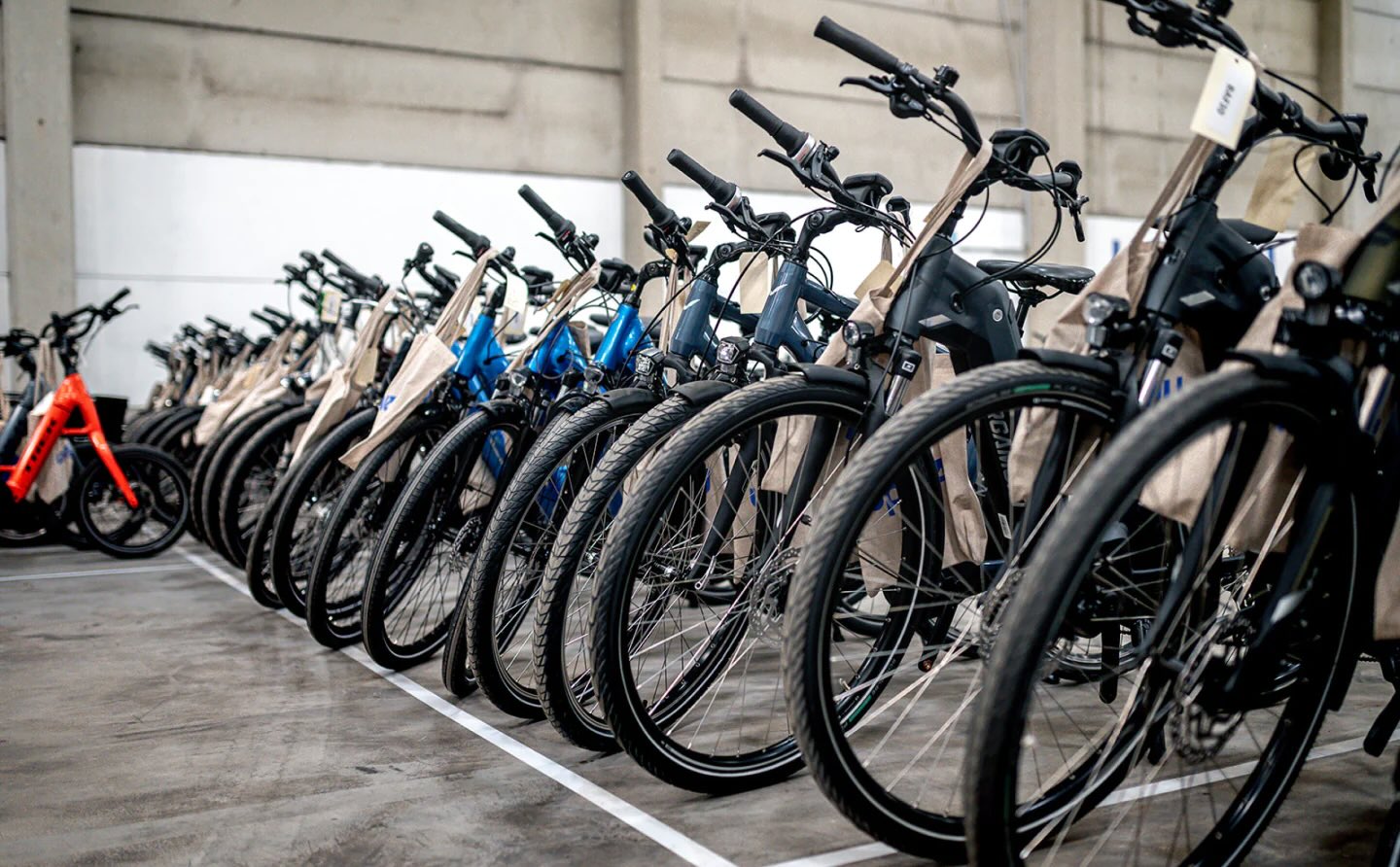A new global study is shedding light on a surprising threat hiding in plain sight, and it's coming from a structure many people often associate with clean energy and progress: dams.
What's happening?
An international team of scientists recently wrapped the first global review on how dams affect animals that migrate between rivers and oceans, known as diadromous species.
This includes familiar creatures like salmon, eels, and even crabs, all of which rely on open waterways to complete their life cycles.
The findings, published in Biological Reviews and reported by Phys.org, bring together over 100 studies and show that dams are creating serious roadblocks for these natural-born travelers.
Researchers found that dams significantly reduce the diversity, population size, and even the genetic health of these species.
"So what we really need to do is be as thorough as possible during planning stages to understand and mitigate harm to our wildlife before it happens," ecologist Dr. Jia Huan Liew from the University of Tasmania said.
Watch now: Giant snails invading New York City?
Even fish ladders, the tools meant to help animals get around these barriers, aren't doing enough.
Since research tends to focus on more famous species, such as salmon, lesser-known and tropical fish are often left behind.
Why is this concerning?
Fish like salmon bring nutrients to rivers, support jobs and diets, and help maintain the balance of entire ecosystems.
When migratory species struggle, the consequences ripple downstream, impacting local communities, Indigenous traditions, drinking water quality, and regional food supplies.
|
Do you think your city has good air quality? Click your choice to see results and speak your mind. |
With rising temperatures, unpredictable rainfall, and habitat loss already threatening water systems, dam-related disruptions add yet another burden.
What's being done about it?
California is removing dams along the Klamath River to help salmon return to their natural runs, a project backed by Indigenous groups who've relied on those fish for generations.
In Pennsylvania, similar removals have helped native mussels, which naturally clean water, make a comeback.
In Europe, more places are exploring river rewilding, an approach that gives waterways room to heal.
Meanwhile, in the U.S., states like Utah and Colorado are turning to creative, nature-based fixes like bringing back beavers and building wildlife crossings.
These efforts reflect broader trends toward restoring ecosystems that benefit both people and the planet.
Joining local watershed groups, planting native plants near rivers and streams, or even just learning about your area's waterways are small actions that add up.
Join our free newsletter for good news and useful tips, and don't miss this cool list of easy ways to help yourself while helping the planet.

 Upway makes it easy to find discounts of up to 60% on premium e-bike brands
Upway makes it easy to find discounts of up to 60% on premium e-bike brands
















